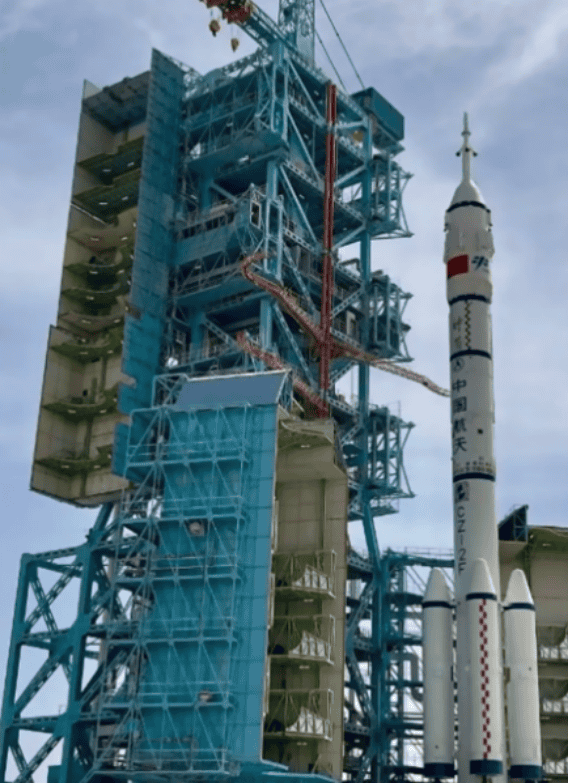2024 Rocket Launch Environment Effects Testing
2024 Rocket Launch Environment Effects Testing
1. Project Overview
In December 2024, a research institution conducted a comprehensive rocket launch environment effects test utilizing the WW-Series Wireless Dynamic Strain Test & Analysis System. The primary objective was to acquire critical environmental data—including strain, temperature, pressure, and acceleration—experienced by the launch pad structure during a rocket launch event.
2. Key Challenges
Harsh Environment: Extreme temperatures, intense acoustic vibrations, and potential debris.
Complex Setup: Multiple measurement points across a large and complex structure (launch pad).
Synchronization & Reliability: Need for synchronized data acquisition across distributed points in a high-interference environment.
Safety & Practicality: Minimizing personnel presence near the hazardous launch area before and during ignition.
3. System Solution: WW-Series Wireless System
The WW-Series system was selected to address these challenges, offering key advantages:
Wireless Operation: Eliminated long, vulnerable cable runs, simplifying deployment and reducing susceptibility to EMI.
Ruggedized Design: Units were housed in protective thermal boxes to withstand extreme conditions.
Synchronized Sampling: Ensured precise time-correlation between all measurement channels across different locations.
Offline (Standalone) Logging: Devices were pre-configured to record data automatically based on a timer or trigger, operating independently without needing a continuous wireless link during the critical event. Data was retrieved post-test.
4. Test Setup & Instrumentation
Measurement points were strategically located at identical positions on the 1st, 6th, and 10th layers of the launch pad structure.
Within Each Protective Thermal Enclosure:
WW-Series Data Acquisition Node: The core unit for collecting and storing sensor data.
Platinum Resistance Thermometers (Pt100/PT1000): For precise temperature measurement inside the enclosure.
Sensors Mounted on the Structure (External to Enclosure but connected to the node):
Pressure Sensors: Installed in both horizontal and vertical orientations to measure directional pressure waves/acoustic loads.
Thermocouples: Mounted horizontally to measure high-frequency surface temperature fluctuations.
Accelerometers: Mounted externally on the structure to measure vibrational acceleration.
5. Data Acquisition Mode
The system operated in a pre-programmed, timed, offline acquisition mode. Nodes were activated beforehand to begin logging data at a specified time before the launch and continue through the entire event, storing all data locally on the device.
6. Outcome
The test successfully captured the complete set of environmental test data across all specified parameters and locations. The wireless, offline setup proved highly effective and reliable for operating in the demanding rocket launch environment, providing valuable data for analyzing structural loads and validating launch pad designs.

